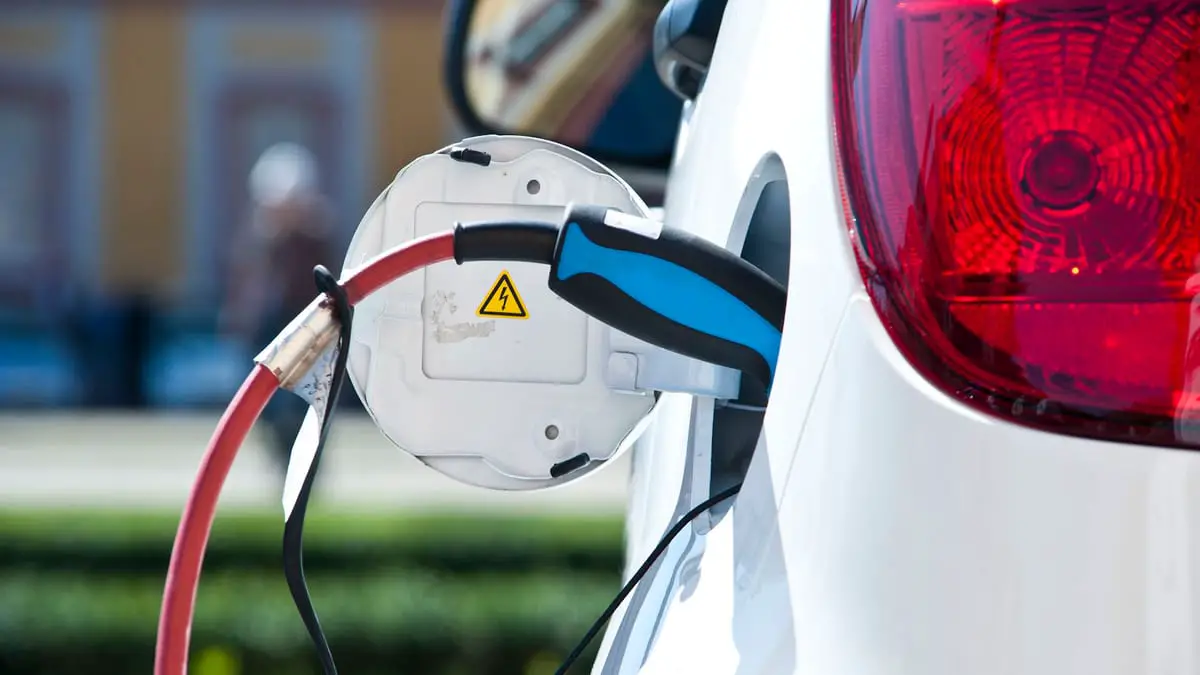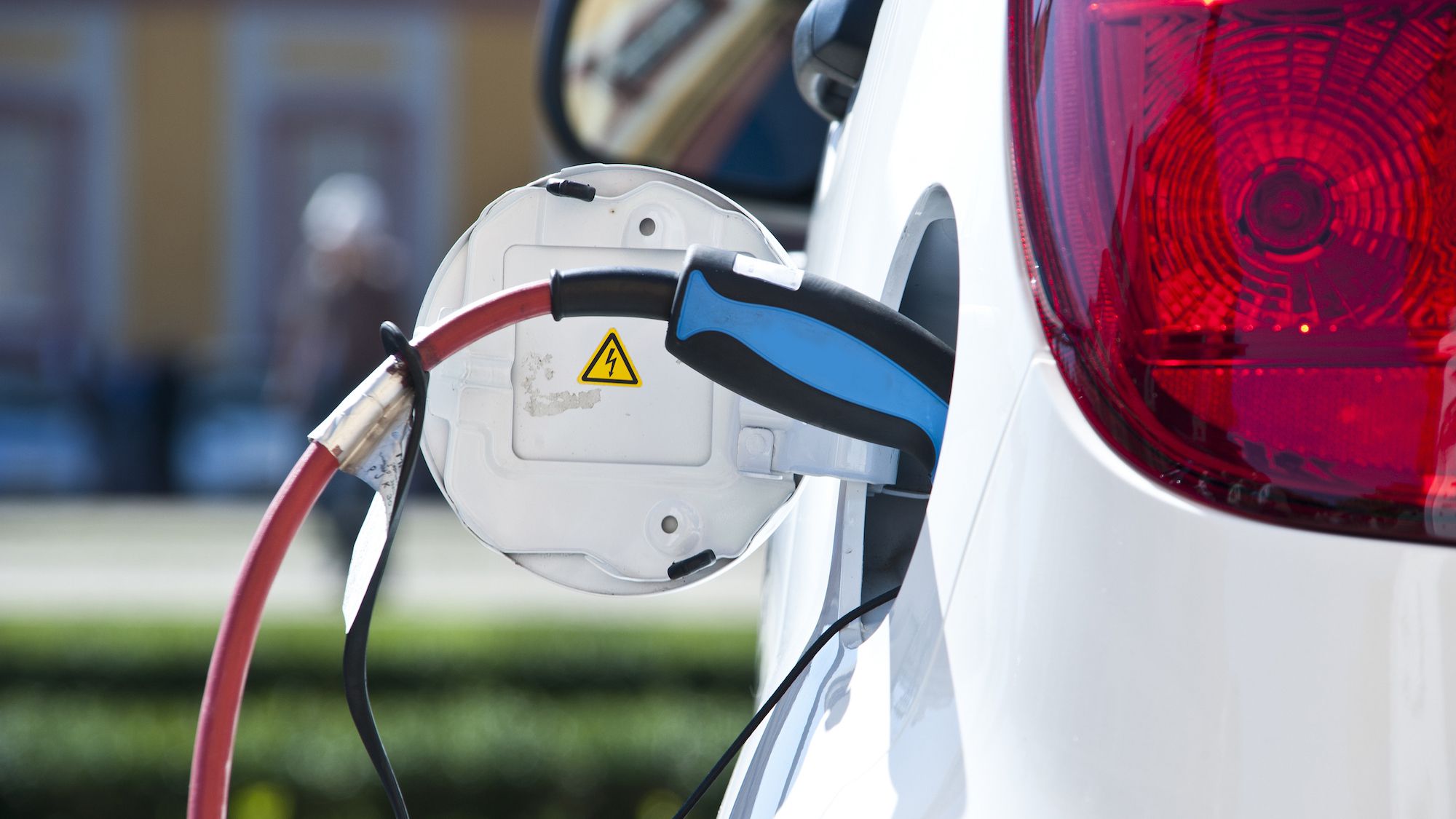How to maintain EV battery
The rise for battery-powered devices, most of which use lithium-ion batteries such as mobile phones, laptops, power tools, and most importantly electric vehicles. Some of the EVs face battery degradations, however, electric vehicles are expensive and lose incapacity


The rise for battery-powered devices, most of which use lithium-ion batteries such as mobile phones, laptops, power tools, and most importantly electric vehicles. Some of the EVs face battery degradations, however, electric vehicles are expensive and lose incapacity, or a battery's ability to hold a charge can notice a change in driving conditions.
Most Auto manufacturers offer battery warranty for eight years or 100,000 miles depending with which comes first, this warranty is long enough because most people do not use the car for that long before replacing it. The battery performance and how long it will last varies between manufacturers and models. It is very important to maintain the battery in an electric car because it will be used for long time even after you dispose the car the next person will need to have a car that battery is functioning.
Additionally EV batteries need to have second life once they are worn out. The batteries are used to store energy hence the lithium-ion batteries can be used for decades.
Here are some of the tips to maintain electric car battery.
- Minimize rapid charging
Rapid charging is great when you need a charge quickly, particularly if you’re only stopping between meetings perhaps or you’re on a long drive. While you shouldn’t be scared to use rapid chargers whatsoever, continued use can degrade the battery faster than a slower charge. Think of it this way, if you can charge your car slowly using a dedicated home charger (overnight for example) then that is much better for the health of the battery. - Keep the “State of Charge” between 20-80%
Avoid keeping your battery empty or completely full. Instead, change the settings on your car or car charger to limit the charge to around 80% and keep it above 20% if you can.
Most daily or weekly driving is easily covered by the range of most EVs. In fact, most of us don’t even need it fully charged, so try to keep it between 20% and 80% except for longer trips. - Only charge fully for long trips
Sometimes we need a full battery for a longer journey. Charging the car fully does not degrade the battery unless you were to keep it at 100% all the time. So, where possible, only charge to 100% if you really need it. Most electric cars have in-built navigation that will tell you if you can reach your destination with the current state of charge, or plan ahead by using Google Maps to see if you need to charge to 100% or not. - Take your car for regular, short drives
This tip shouldn’t be too taxing. Just like petrol or diesel cars, it’s good for the overall health of the vehicle to take it for a drive every now and then. If your car has been sat on the drive for too long, consider taking it for a short drive. - Don’t leave the car parked in one spot for too long
If you can’t take your EV for a drive, then do the next best thing and move it on the driveway or change where you’ve parked it. This helps prevent flat spots in tyres which can affect efficiency.
Source: Danny. M (2020) How do you take care of your electric car battery?




